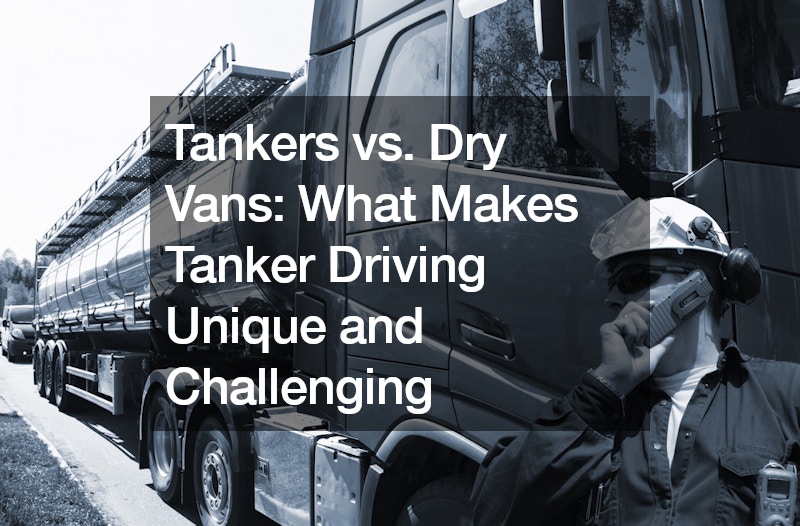
When it comes to long-haul trucking, tankers and dry vans represent two distinct avenues within the industry, each with its own set of requirements and challenges. If you’re considering a career in trucking or just curious about the differences, here’s a closer look at what sets tanker driving apart from dry van operations.
Specialized Licensing and Training
One of the primary differences between tankers and dry vans is the licensing and endorsements required. Tanker drivers must complete a CDL Class A program to obtain a Class A CDL with both tanker and hazmat endorsements. The Class A CDL is essential for operating combination vehicles, while the tanker and hazmat endorsements are necessary for transporting hazardous materials like gasoline, helium, or waste.
This specialized training, often provided by the employer, covers the handling of hazardous substances and the operation of tanker vehicles.
Types of Tankers vs. Dry Vans
Tanker trucks are designed to transport a variety of liquids and bulk materials. There are different types of tankers, including those for food-grade liquids like milk, fluid tankers for gasoline, and dry tankers for bulk shipments such as sugar and sand. Each type requires specific handling techniques and maintenance procedures. On the other hand, dry vans are more straightforward, used primarily for dry goods and require less specialized training.
Job Duties and Lifestyle
The job duties of tanker drivers differ significantly from those of dry van drivers. Tanker drivers often deal with unloading tasks like connecting hoses and ensuring that the tanker is cleaned out between loads, especially for food-grade products. Additionally, the driving experience is more demanding due to the high center of gravity and liquid surge in tankers. This requires drivers to manage smooth starts, stops, and turns, and to exercise caution on slick roads to prevent skidding.
Handling Challenges
Tanker drivers face unique challenges, including estimating safe stopping distances and managing the dynamics of liquid loads. They must handle the surge of liquids, which requires smooth driving techniques and careful attention to road conditions.
Whether you’re drawn to the specialized nature of tanker driving or the simpler demands of dry vans, understanding these differences can help you choose the right path in the trucking industry.
.

